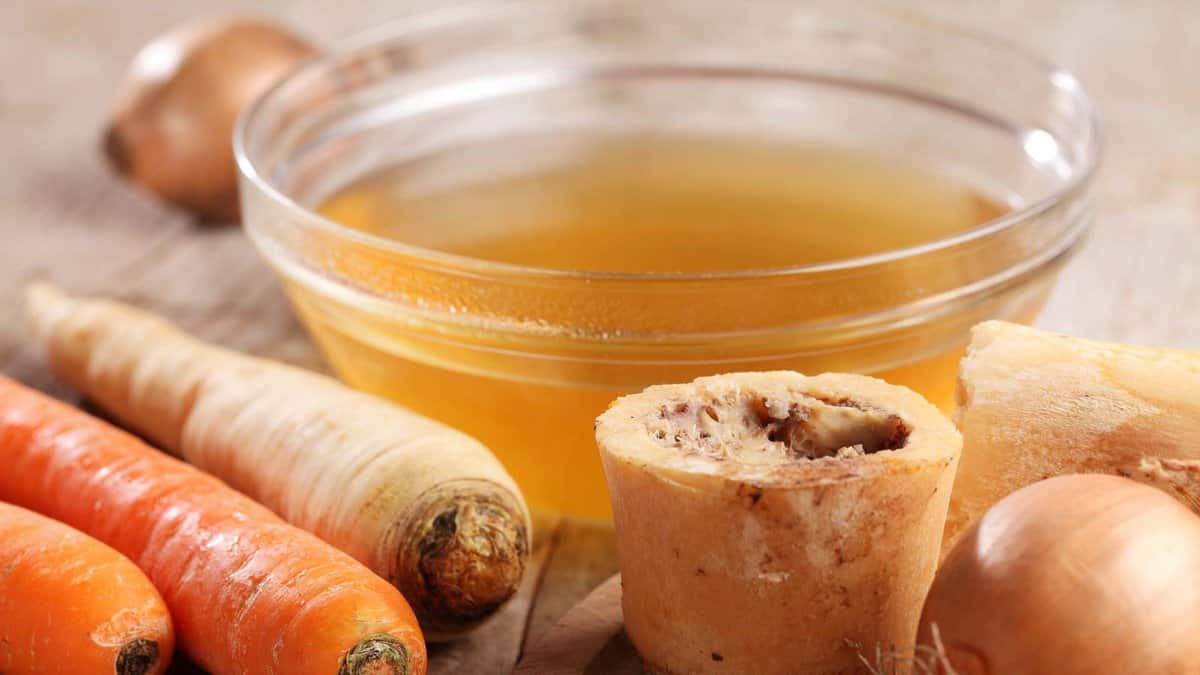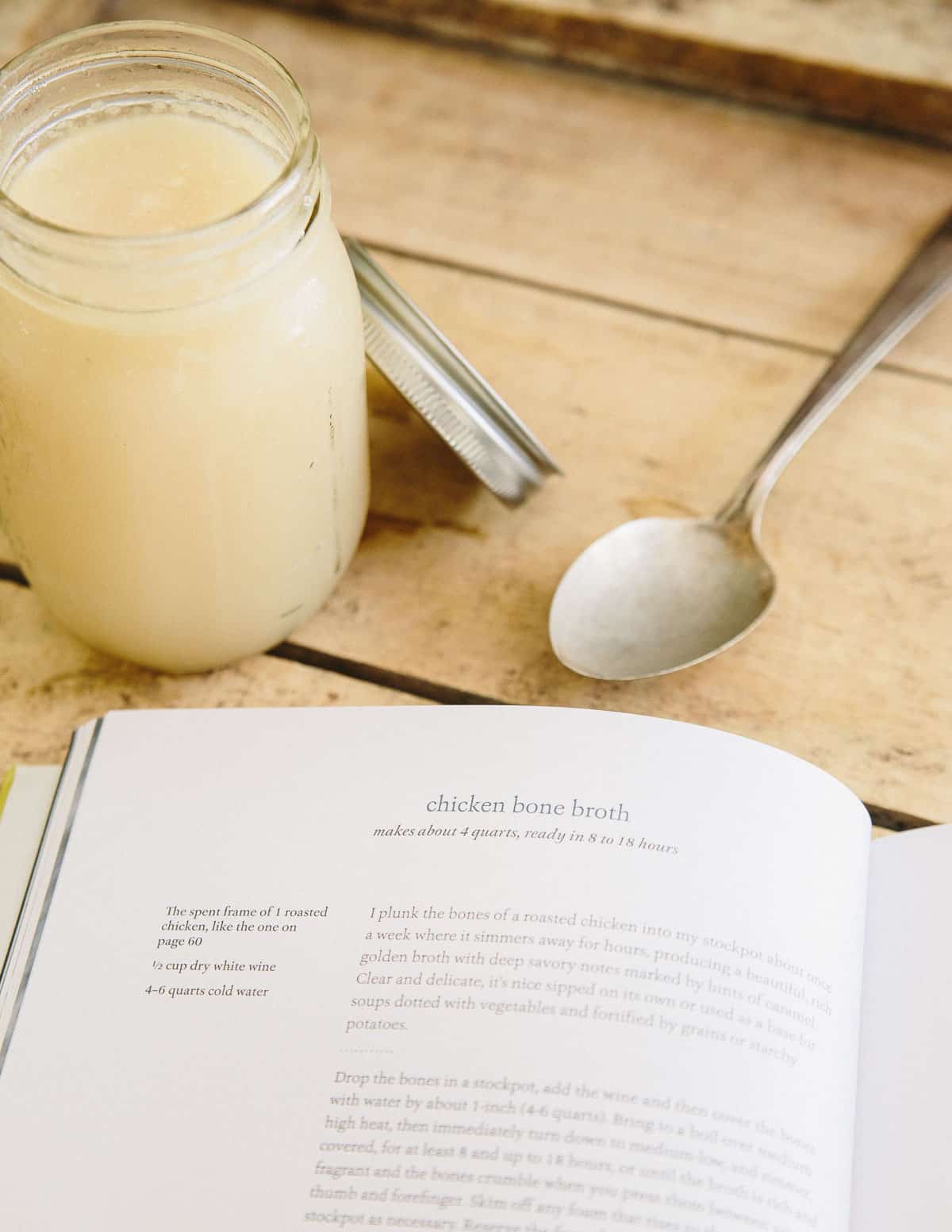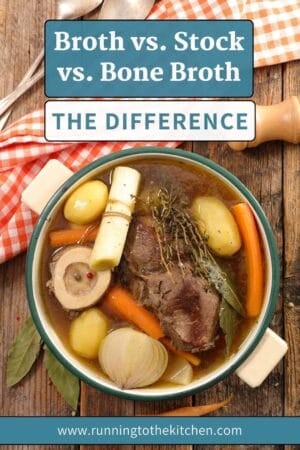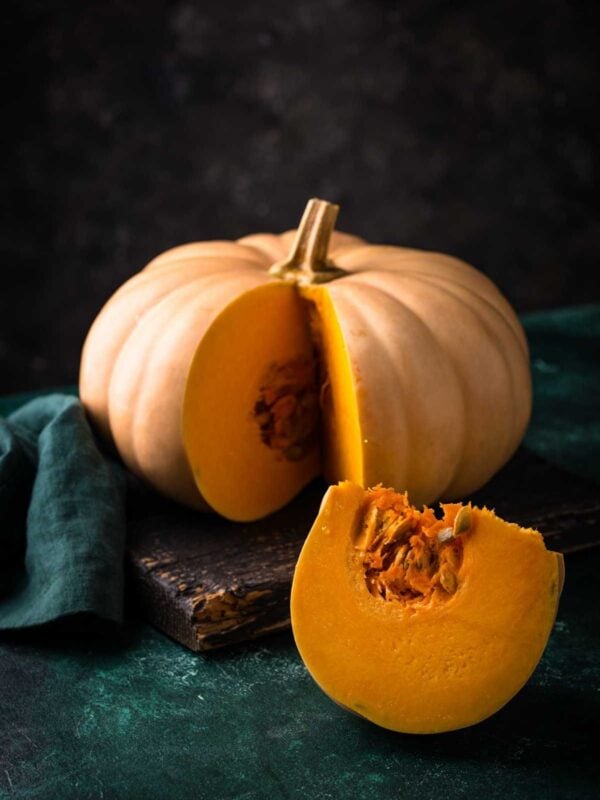You’ve seen all three on store shelves, but do you know the difference between broth, stock and bone broth? Most people use them interchangeably, but they’re not the same thing. Understanding what sets them apart can completely change how your soups, sauces and stews turn out.

A Quick Breakdown
While broth, stock and bone broth might seem similar, the differences between them come down to ingredients, cooking time and purpose. Knowing which one you’re working with, and why it matters, can help you cook with more intention and better results.
Broth is typically made with meat, sometimes on the bone, along with vegetables and herbs. It’s simmered for a relatively short period, usually under two hours, and is seasoned so it can be sipped on its own or used directly in recipes.
On the other hand, stock relies more heavily on bones, often with some meat still attached, and simmers for longer to extract collagen and depth. It’s usually left unseasoned, since it’s meant to be used as a base for sauces, soups and other dishes.
Bone broth pushes this process even further, simmering roasted bones for 12 hours or more, often with the addition of vinegar to help extract minerals. The result is a thicker, more gelatinous liquid that’s sometimes consumed on its own for perceived health benefits.

Broth, Stock and Bone Broth Details
Now that the big-picture differences are clear, here’s a closer look at what makes each of these kitchen staples unique.
Broth
Most people are familiar with broth, which is made by simmering meat — unless it’s vegetable broth — alongside vegetables, herbs and aromatics. The cooking time is relatively short, usually under two hours, resulting in a light, flavorful liquid that’s typically seasoned and ready to use as-is. Broth is what you’ll often find in store-bought cartons labeled chicken broth or vegetable broth, and it’s commonly used as the liquid base for soups, stews and grains.
Because broth is seasoned, it’s easy to sip on its own, especially when you’re under the weather or need something warm and comforting. It doesn’t have the same richness or gelatinous texture as stock or bone broth, but that’s part of what makes it so versatile. It’s meant to be quick, convenient and flavorful without being too heavy.

Stock
Unlike broth, stock is made with bones, not just meat, and that single shift changes the whole purpose of the liquid. While it can include vegetable scraps and aromatics, the goal is to extract collagen, which gives stock a richer mouthfeel and slightly thicker consistency once cooled. It typically simmers for two to four hours, long enough for the bones to break down and release structure-building compounds that broth doesn’t have.
Unlike broth, stock is usually left unseasoned. It’s not meant to be the final product, but more so the foundation. In professional kitchens, stock is a workhorse ingredient, used to build sauces, gravies and soups that need complex flavors without adding salt. If you’ve ever chilled homemade soup and noticed it turned jiggly in the fridge, that’s the gelatin from the bones doing its job, and that’s exactly what makes a good stock stand out.

Bone Broth
Bone broth is traditionally a key ingredient in home kitchens, but has lately been marketed as a health drink, much like the adrenal cocktail. In wellness circles, it’s become a go-to for everything from joint support to gut health to glowing skin. What sets it apart from regular stock, besides the marketing, is the cooking time. Bone broth is essentially stock that’s been simmered much longer, usually 12-24 hours, often with a splash of vinegar added to help extract minerals from the bones. The discarded back bone from a spatchcocked chicken is perfect for this.
That extra time breaks down more collagen and connective tissue, giving bone broth its thicker, almost gelatinous texture. While it can be used in recipes the same way stock is, it’s often sipped on its own like tea, either plain or with a little seasoning. Some people swear by it as a daily ritual, and it’s sparked an entire market of frozen broths, powdered mixes and glass-bottled versions with hefty price tags. Whether the health claims hold up is still being studied, but there’s no denying bone broth has found a new audience and identity in the wellness world.

Store-Bought vs. Homemade
Most store-bought broths and stocks aim for convenience, but they’re not all created equal. Cartons labeled as broth often contain a mix of meat and bones, plus seasoning, which can blur the line between broth and stock. Many also lean heavily on salt, yeast extract or natural flavors to boost taste without the depth of long simmering. These shortcuts can work in a pinch, but they’re not the same as a pot that’s been on the stove for hours. Some brands even add sugar or preservatives, which you wouldn’t expect in something as simple as broth.
Bone broth products have also flooded the market, but quality varies. Some are rich and flavorful, while others are little more than salty water dressed up with a health claim. Homemade versions take longer to prepare, but they give you full control over what goes in. With stock or bone broth especially, the richness and body you get from long, slow simmering is hard to replicate with anything boxed. If you make a big batch, freezing it in small containers or ice cube trays can make it just as convenient as the store-bought kind.

Which One Should You Use?
Which one you use depends on what you cook and how much flavor or body you need. Broth works well when you want something light and ready to go, like a quick soup or a simple way to cook rice or quinoa. It’s already seasoned, so you don’t need to adjust much.
Stock is a better pick when you want more richness, especially for sauces, stews or braises — like these braised artichokes, which can replace water as the cooking liquid — that need time to simmer and develop flavor. Because it’s unseasoned, you have full control over how salty or concentrated your final dish is.
“I usually go with bone broth — it has more flavor and feels heartier than stock. It’s great in my shepherd’s pie because it makes the filling extra savory.”
— Bella Bucchiotti, xoxoBella
Bone broth can fill in for stock in most recipes, but it’s richer and often sipped on its own rather than cooked with. Bone broth might be too overpowering in delicate recipes, like a clear soup or a sauce with subtle flavors. That said, if all you have is broth when a recipe calls for stock, or vice versa, it’s not the end of the world. The differences matter, but they’re not dealbreakers. Most home cooks always swap between them and still get great results.

Use Broth, Stock or Bone Broth In These Soups
Not all recipes require a well thought out base of broth, stock or bone broth. If you’re making a creamy buffalo chicken soup for instance, where other flavors overpower the base liquid, you don’t have to think too much about which to use.
If you’re making a soup where the broth is the star of the show, you’ll want to pay a little bit more attention to this base ingredient and choose the most flavorful option available.
Here are some of our favorite broth-based soup and stew recipes to make when you want something slurp-worthy and flavorful.
Soups and Stews Where The Broth Matters
Soups + Stews
Spicy Chicken Lime Soup
Soups + Stews
Turkey Stew
Soups + Stews
Wild Mushroom Soup
Soups + Stews
Escarole and Beans
Soups + Stews
Tuscan Kale Soup
Soups + Stews
Hearty Mung Bean Soup with Vegetables
Gina Matsoukas is an AP syndicated writer. She is the founder, photographer and recipe developer of Running to the Kitchen — a food website focused on providing healthy, wholesome recipes using fresh and seasonal ingredients. Her work has been featured in numerous media outlets both digital and print, including MSN, Huffington post, Buzzfeed, Women’s Health and Food Network.



















